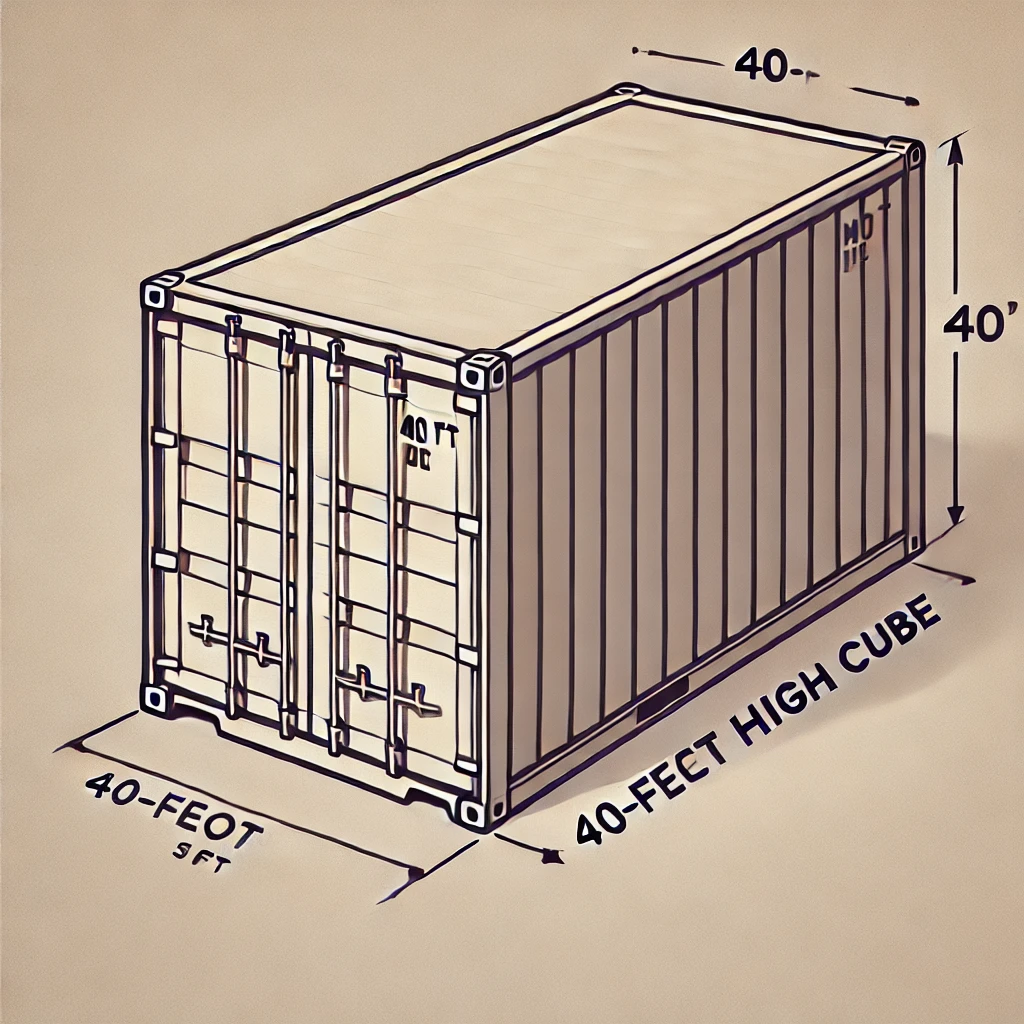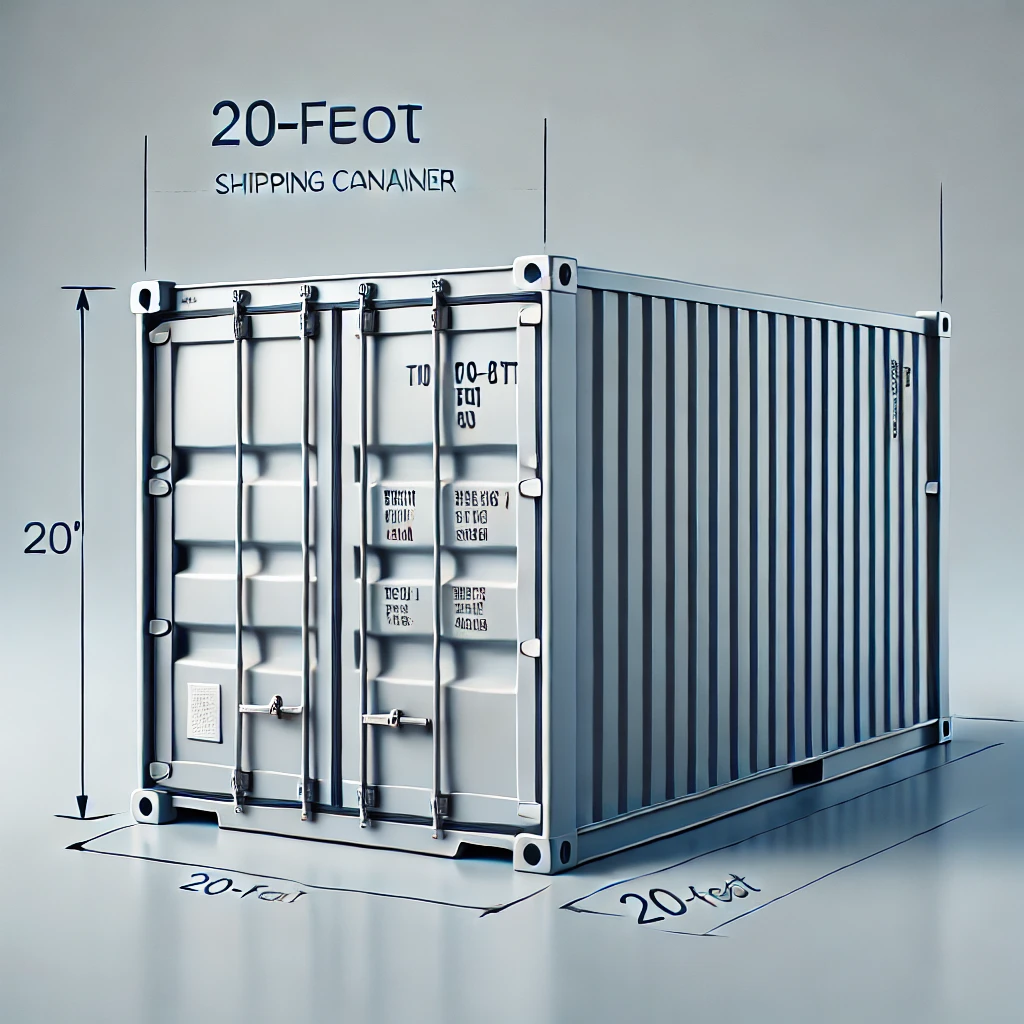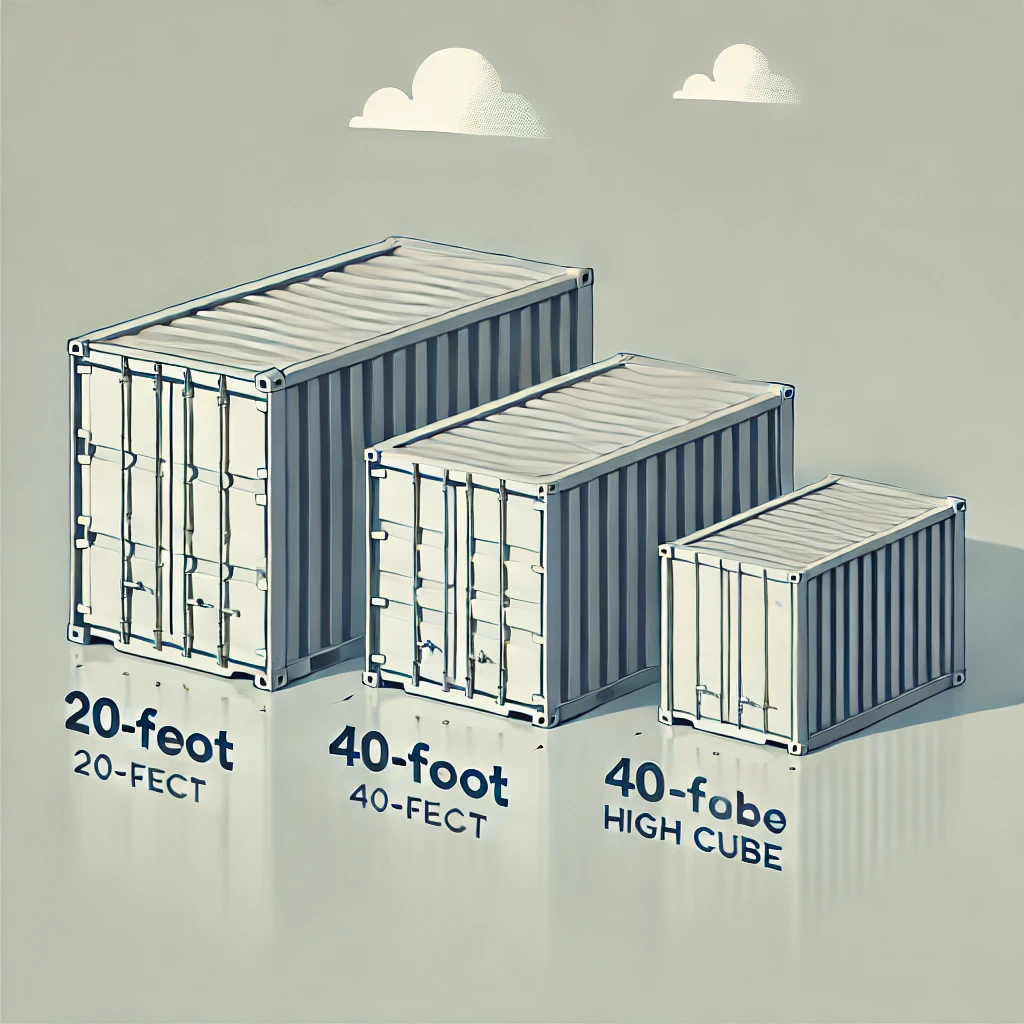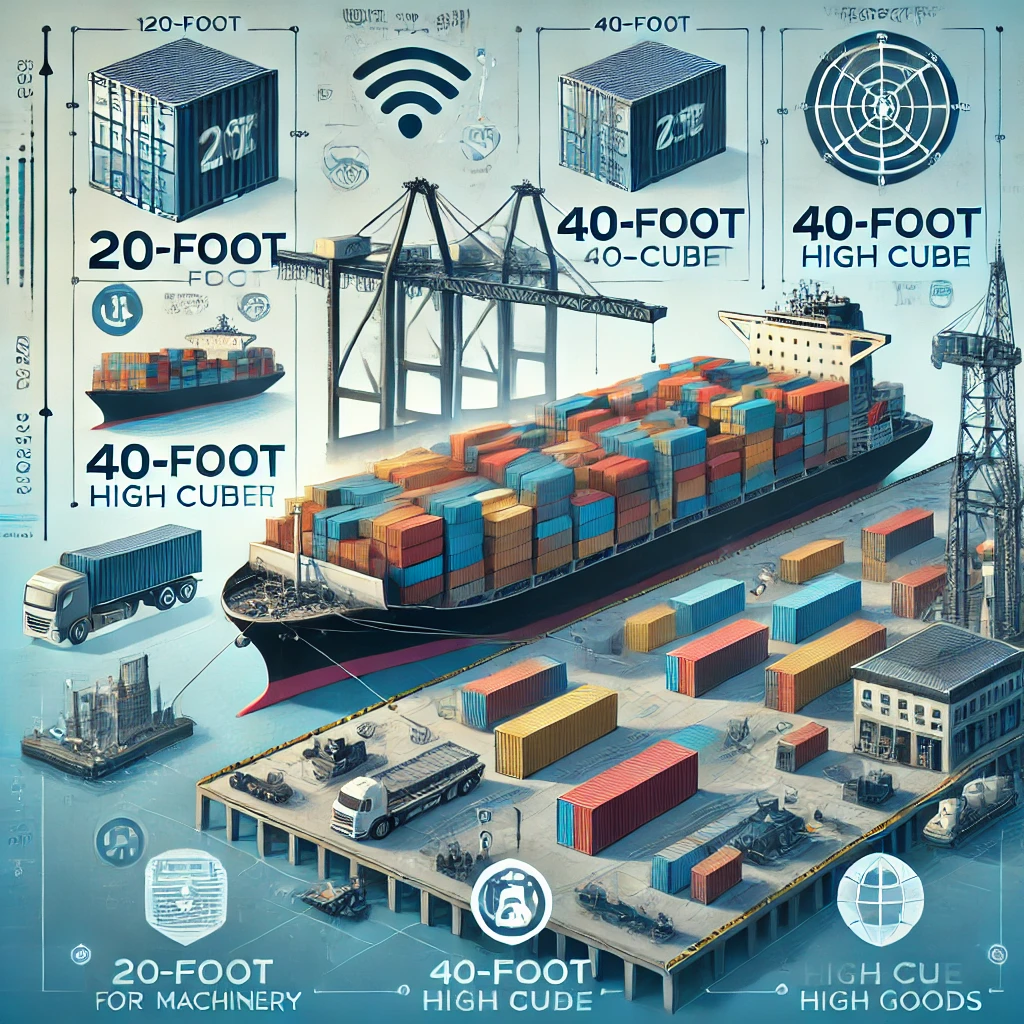A Beginner's Guide to Container Size
Container sizes are globally standardized dimensions that play a vital role in shipping logistics. A solid understanding of their variations helps businesses optimize cargo loads, reduce costs, and streamline shipping operations. 🌎🚛

Key Features of Container Sizes
- 📏 Standard Sizes: The most commonly used sizes are 20-foot and 40-foot containers.
- 📐 High Cube (HC) Containers: Offer additional vertical space, making them ideal for voluminous cargo.
- 🚛 Specialized Containers: Options include reefers (refrigerated), open-top, and flat-rack containers, each designed for unique cargo types.
- 🧩 Modularity: Containers fit seamlessly on trucks, trains, and ships, supporting intermodal transport.
Common Container Dimensions
📂 Container Type | 📏 Length (ft) | 📐 Width (ft) | 📊 Height (ft) | 📦 Capacity (m³) |
20-foot (Standard) | 20 | 8.0 | 8.6 | 33.2 |
40-foot (Standard) | 40 | 8.0 | 8.6 | 67.7 |
40-foot (High Cube) | 40 | 8.0 | 9.6 | 76.4 |
45-foot (High Cube) | 45 | 8.0 | 9.6 | 86.0 |

Practical Uses of Different Container Sizes
- 🧰 20-foot Containers: Best for heavy, dense cargo such as machinery, cement, and metal parts due to their higher weight capacity.
- 📦 40-foot Containers: Widely used for large-volume shipments like furniture, appliances, and textiles.
- 📈 High Cube Containers: Ideal for lightweight but bulky goods such as electronics and clothing.
- ❄️ Refrigerated Containers: Crucial for perishable goods like food, flowers, and pharmaceuticals.
Relevance of Container Sizes in Modern Logistics
- 💰 Cost Efficiency: Optimizing container selection reduces transportation costs.
- 📦 Space Optimization: Maximizes cargo capacity for each shipment, minimizing empty space.
- 🌐 Global Standardization: Promotes efficiency in international shipping and reduces logistical errors.
- ♻️ Environmental Impact: Using containers efficiently helps lower fuel consumption and emissions.

Tips for Choosing the Right Container Size
- 📊 Assess Cargo Type: Determine if your shipment is heavy, bulky, or temperature-sensitive.
- 🧊 Consider Special Needs: Use specialized containers for perishable, hazardous, or oversized cargo.
- 💸 Compare Costs: Analyze shipping rates for different container sizes to balance cost and capacity.
- 📜 Review Trade Routes: Certain container sizes may have cost advantages on specific routes or with particular carriers.
Trends in Container Usage for 2025
- 🚢 Smart Containers: Incorporate IoT sensors for real-time tracking and temperature control.
- 🌱 Eco-friendly Containers: Increased use of recyclable materials and energy-efficient refrigeration systems.
- 🚀 Automated Loading Systems: Reducing loading times and improving safety.
- 🌐 Global Shortages: Impacting container availability and driving changes in supply chain strategies.

✅ Conclusion
Understanding container sizes and their applications is essential for efficient logistics management. By selecting the appropriate container type and size, businesses can optimize costs, enhance efficiency, and streamline their global shipping operations. 🌎📦🚢
